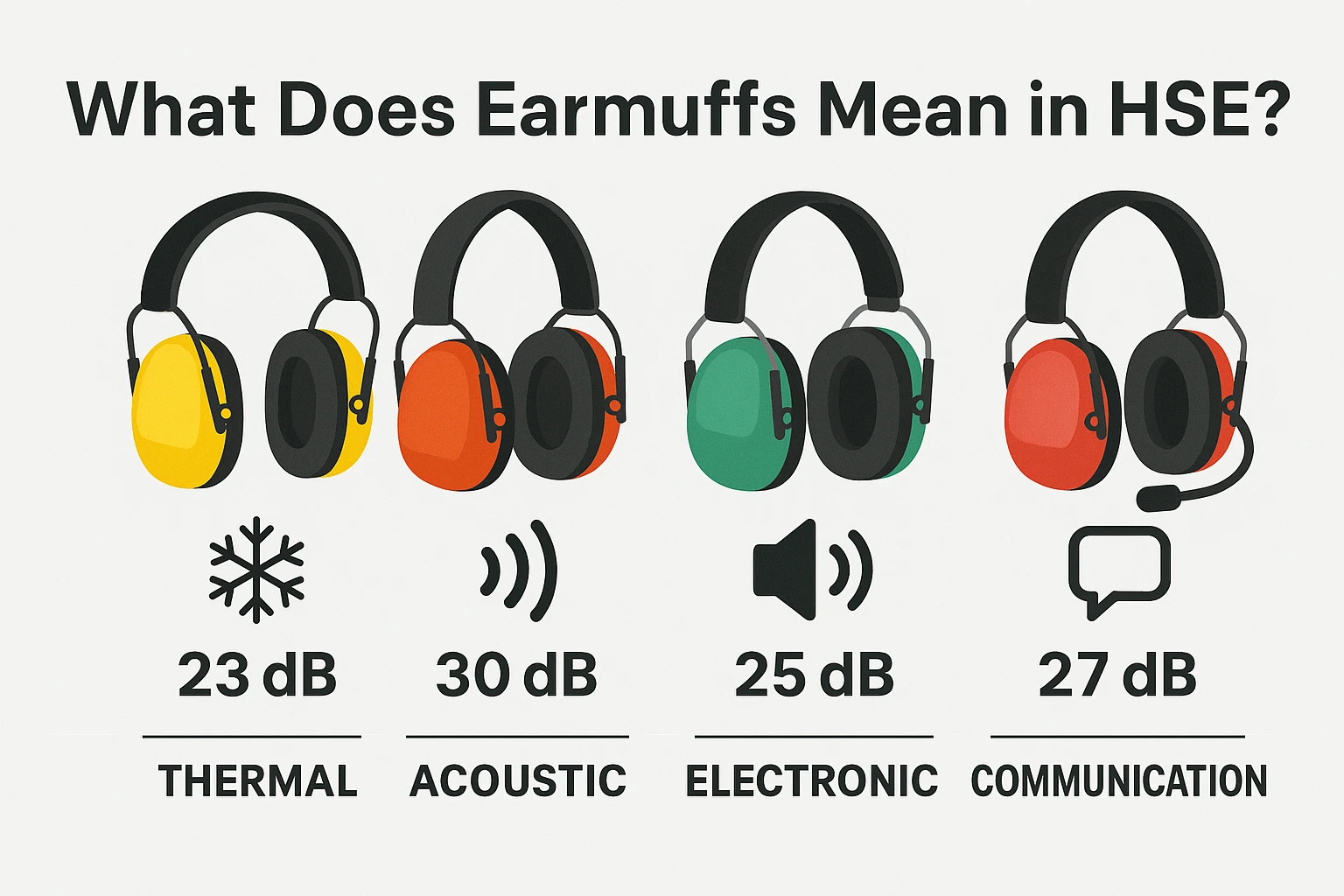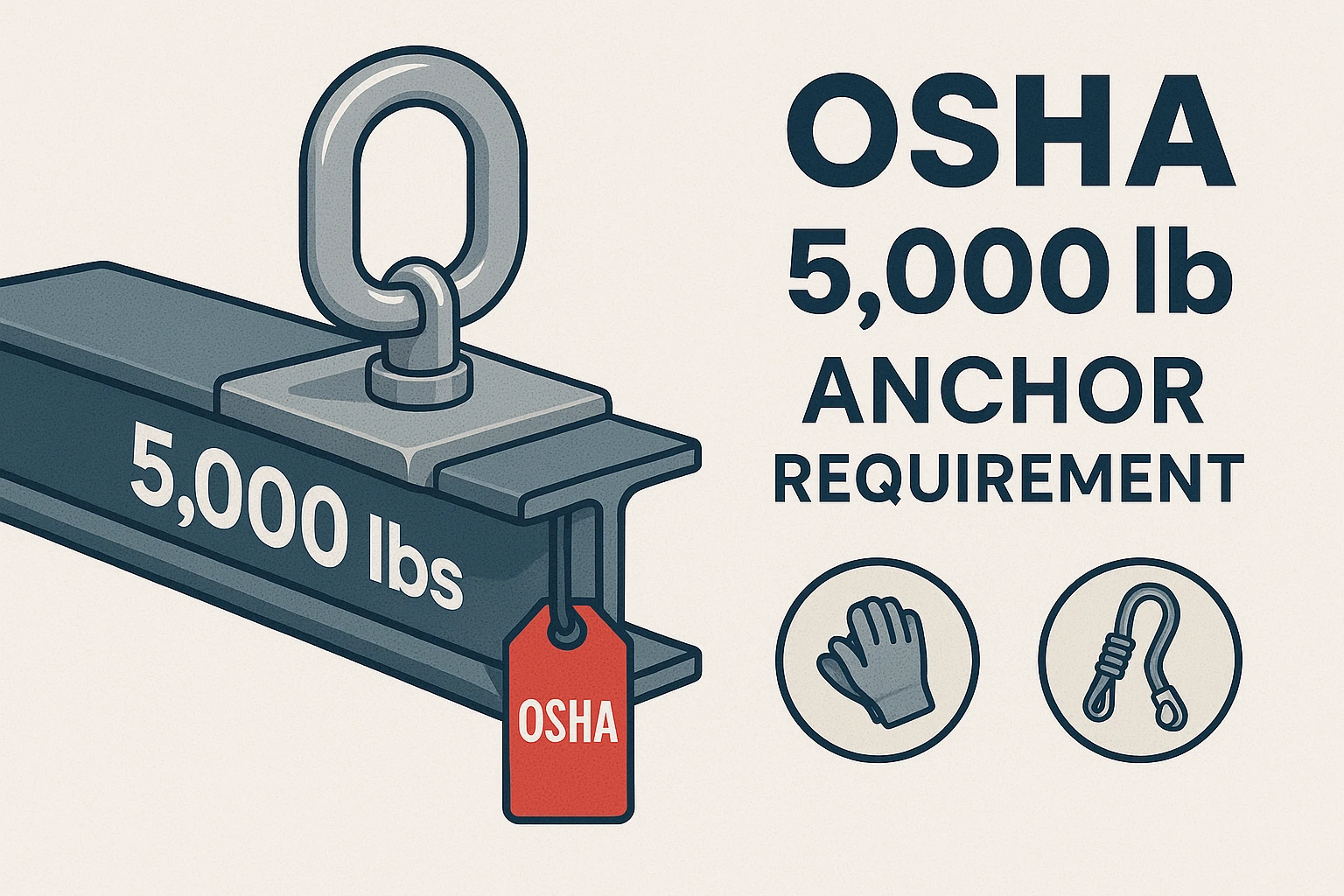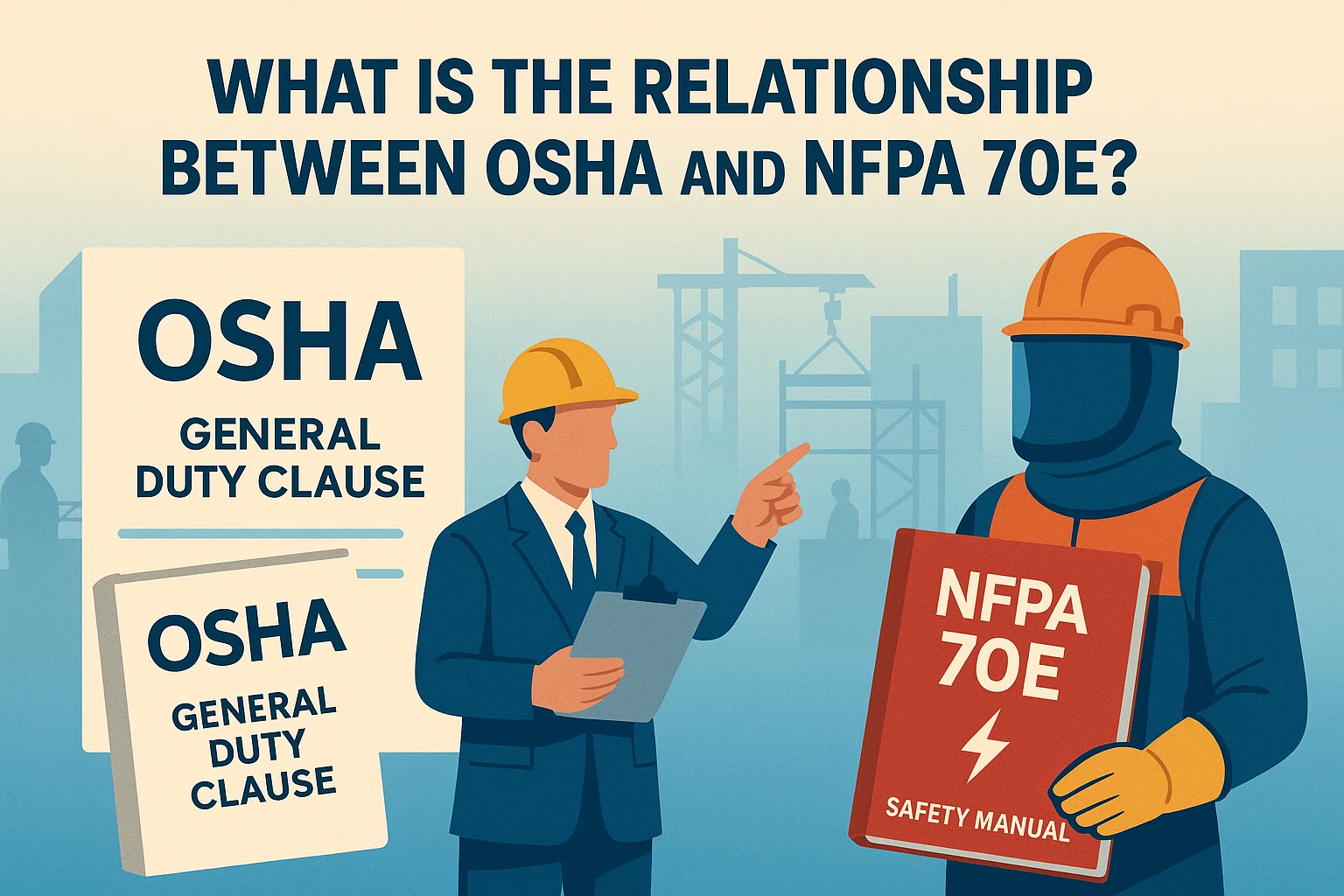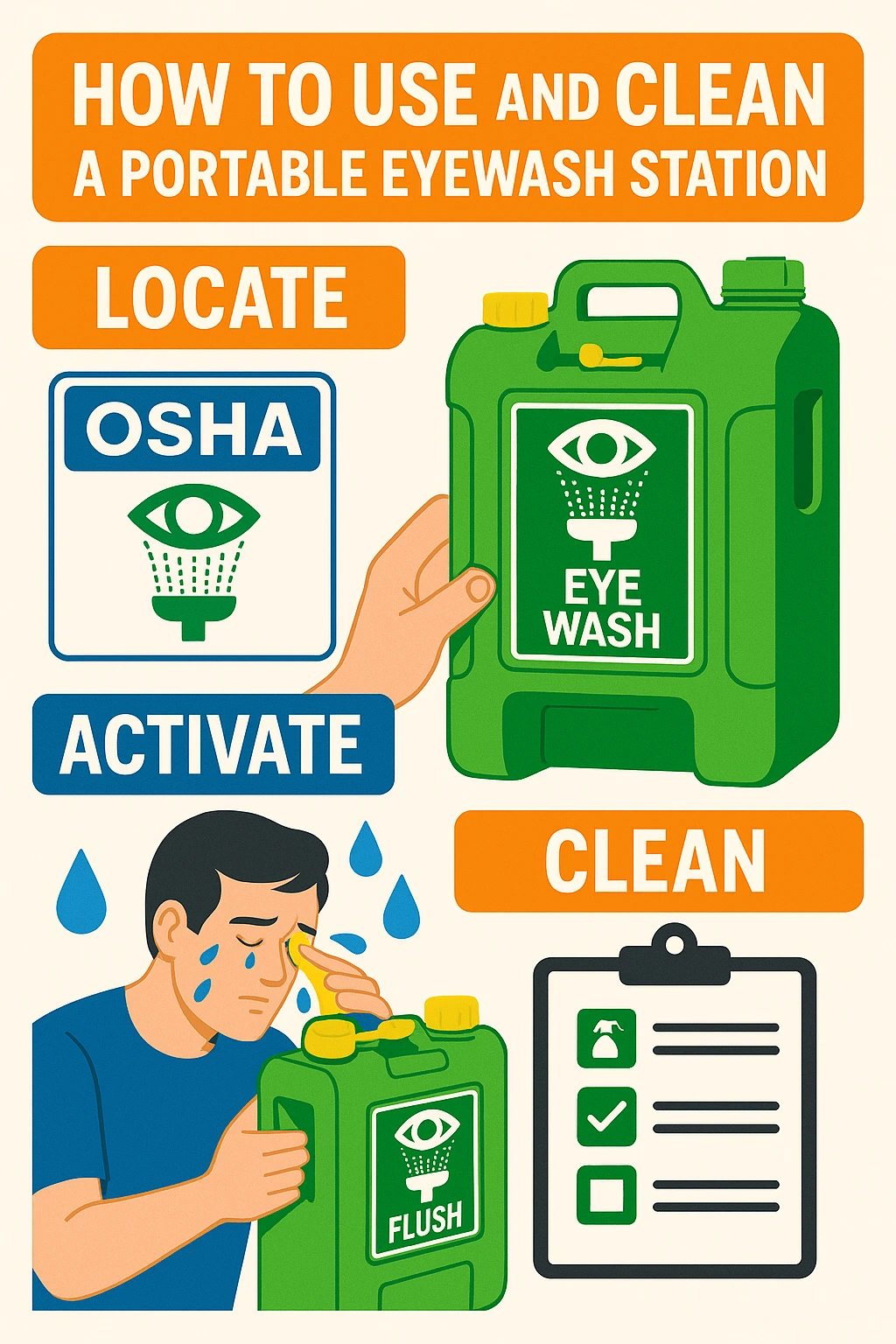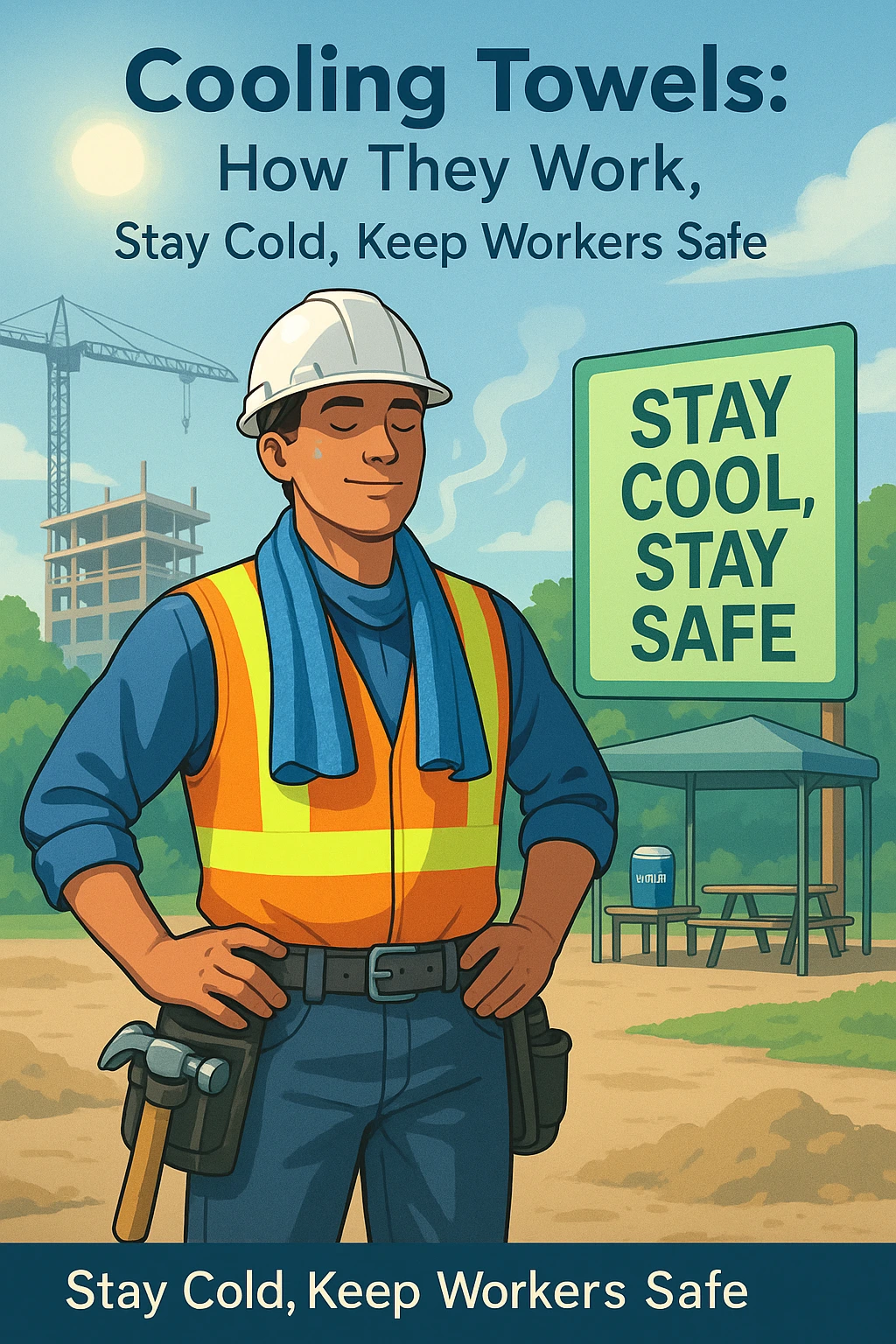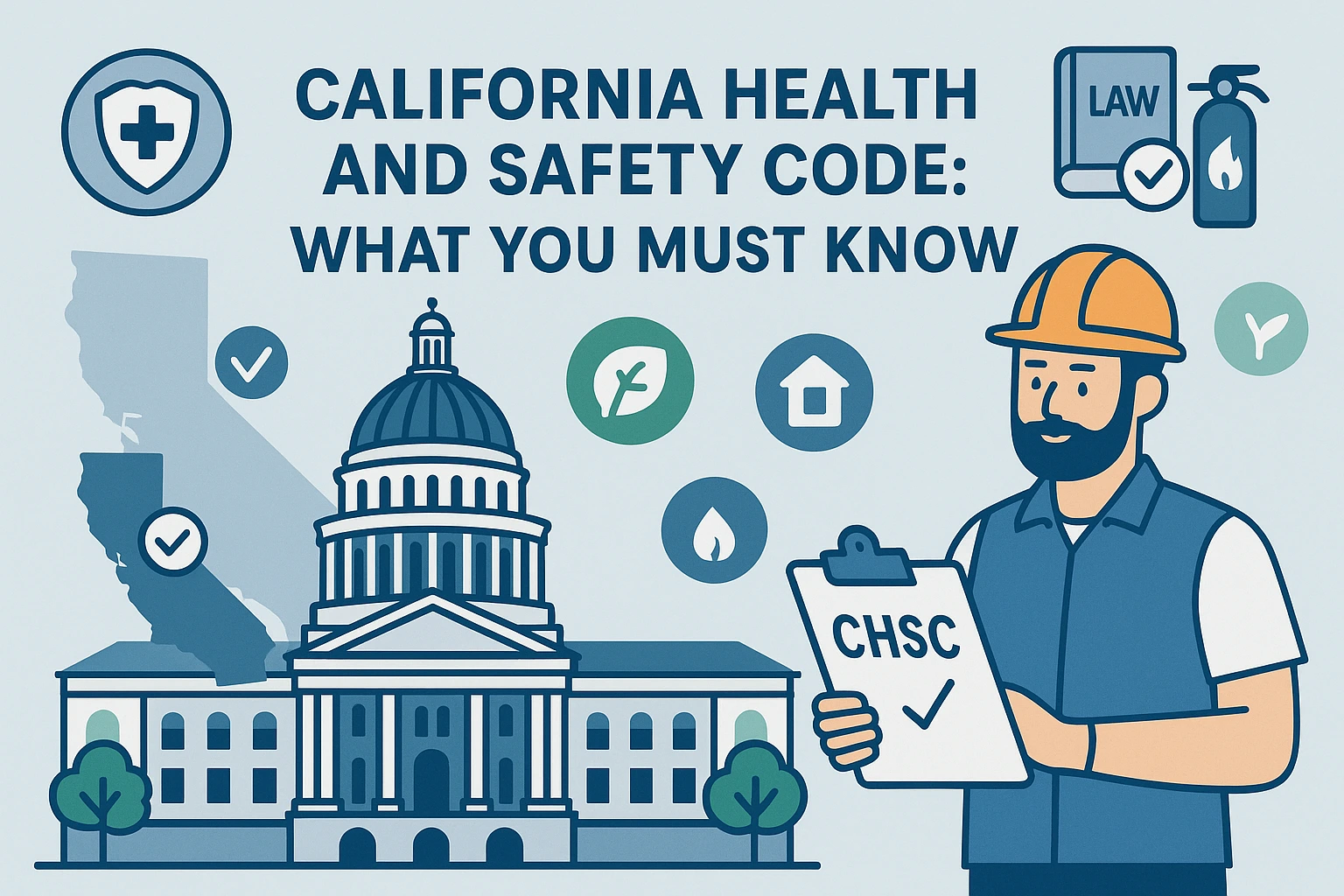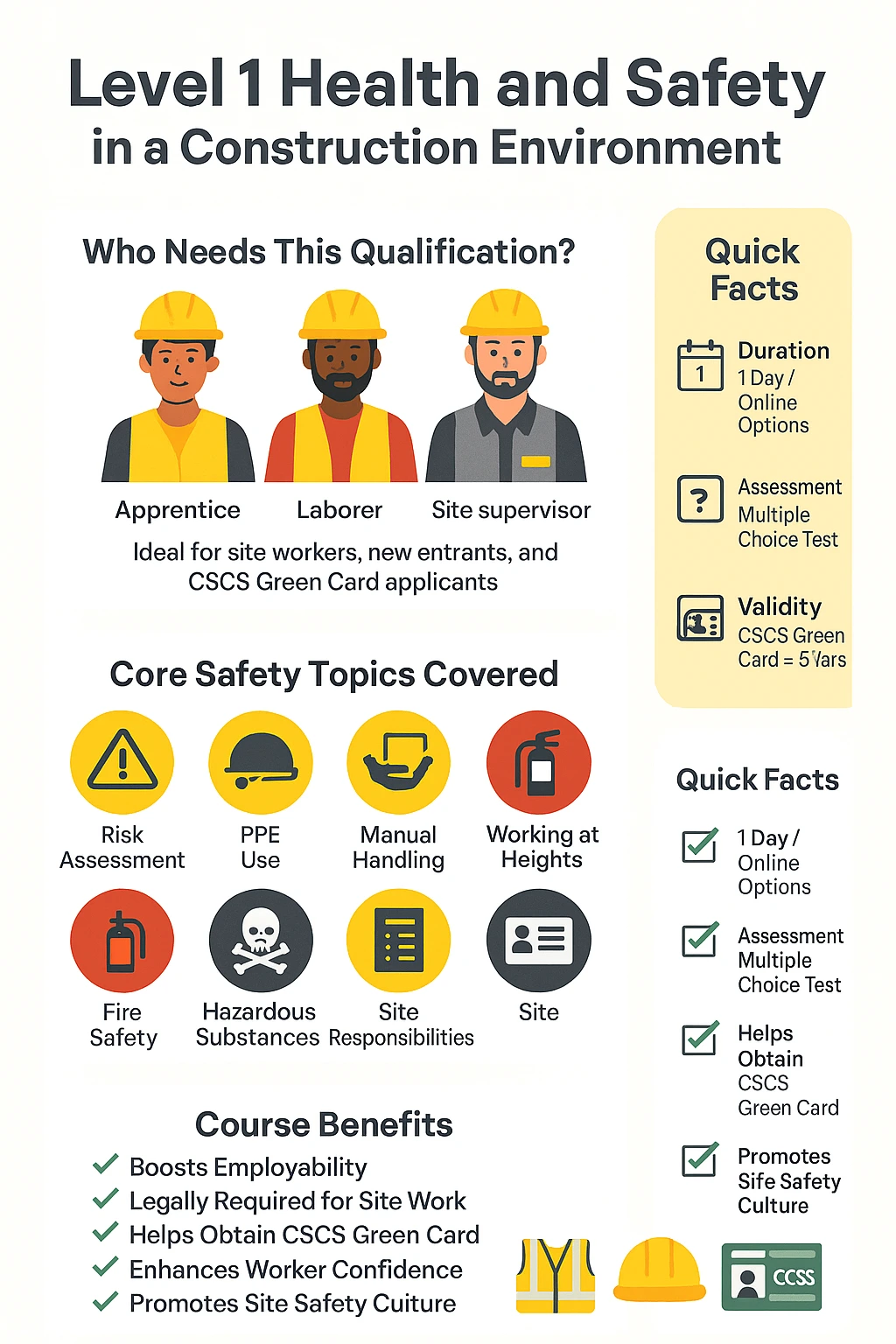What is a Compressed Air Breathing Apparatus (CABA)?
Compressed Air Breathing Apparatus (CABA) is a question that could mean the difference between life and death in some of the world’s most dangerous environments. From firefighters battling toxic smoke to industrial workers in confined spaces, this life-saving equipment is often the only thing standing between survival and tragedy.
Imagine standing at the edge of a blazing building, flames chewing through steel beams like they’re made of wax. You’re not just facing fire. You’re facing invisible dangers — smoke, toxic fumes, oxygen depletion. In these moments, survival hinges on one silent, heavy companion strapped to your back: a Compressed Air Breathing Apparatus.
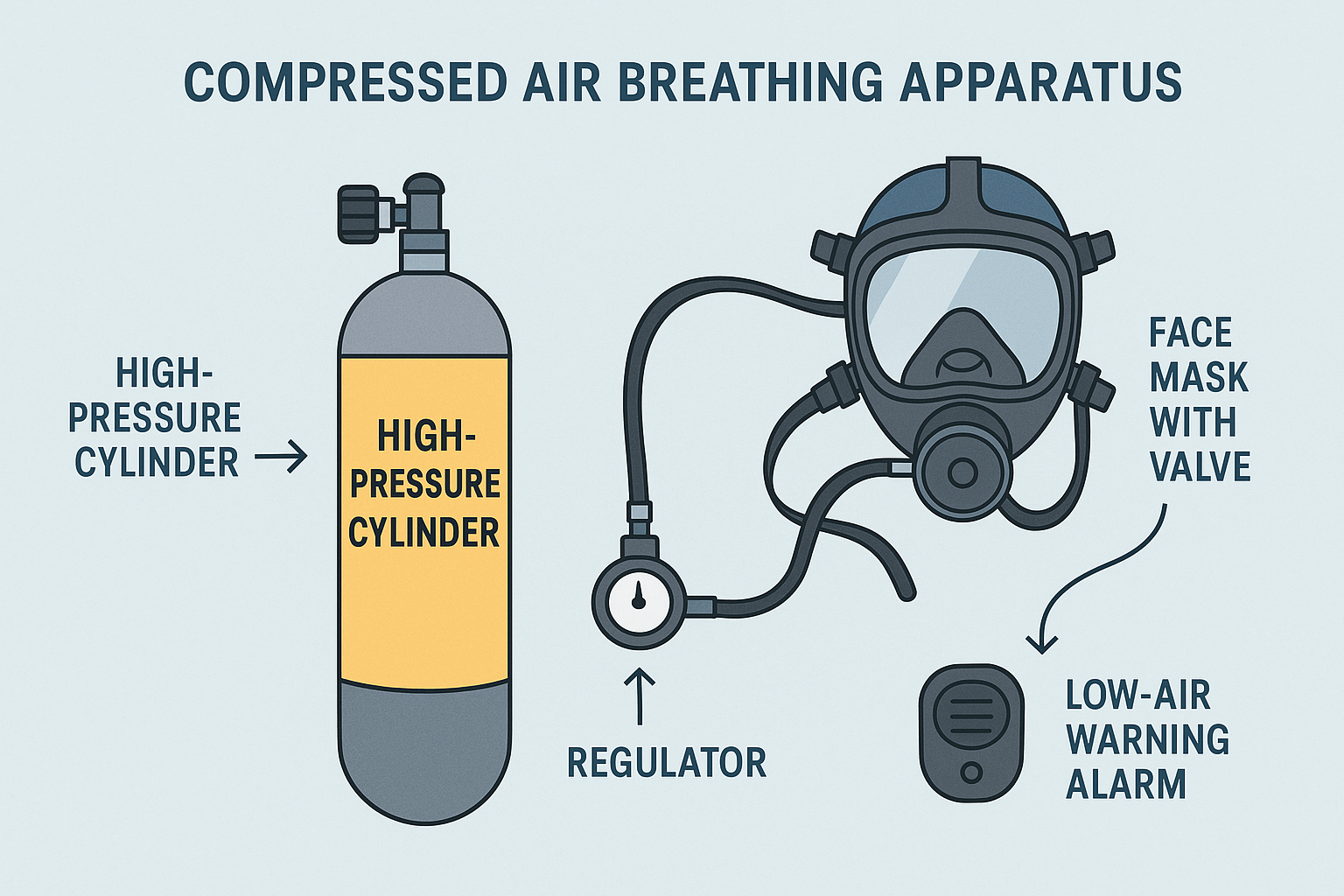
In high-risk professions, breathing becomes more than a basic human function — it becomes a battleground. The Compressed Air Breathing Apparatus (or CABA) is your shield, your lifeline, your invisible armor.
So, what does compressed air breathing apparatus mean? Let’s strip it down, gear up, and dive into this life-saving marvel.
Introduction: Air You Can Trust
What is a Compressed Air Breathing Apparatus? CABA (Full Breakdown)
Definition and Importance
At its core, a Compressed Air Breathing Apparatus is a piece of personal protective equipment (PPE) that provides clean, breathable air to the user in environments that are immediately dangerous to life or health (IDLH).
It’s not pulling in air from the surrounding environment like your typical gas mask. No, this device brings its own air supply — tightly packed into a high-pressure cylinder, ready for deployment when survival demands it.
In simple terms:
A Compressed Air Breathing Apparatus is a system that allows a human to breathe safely in places where breathing normally would mean death.
How It Works in Hazardous Environments
These aren’t gadgets reserved for Hollywood heroes. Firefighters, miners, chemical plant workers, search and rescue teams, divers — all rely on CABAs to step into the void and come back alive.
Inside the Gear: Components of a Compressed Air Breathing Apparatus CABA
High-Pressure Cylinders Explained
– Made of steel, aluminum, or composite materials.
– Stores compressed air (not pure oxygen — that’s a dangerous misconception).
– Pressures often range between 2000–4500 psi.
Face Masks, Valves, and Regulators
– Forms an airtight seal around the face.
– Fitted with exhalation valves and voice communication systems.
– Includes lung demand valves to provide air only when inhaling.
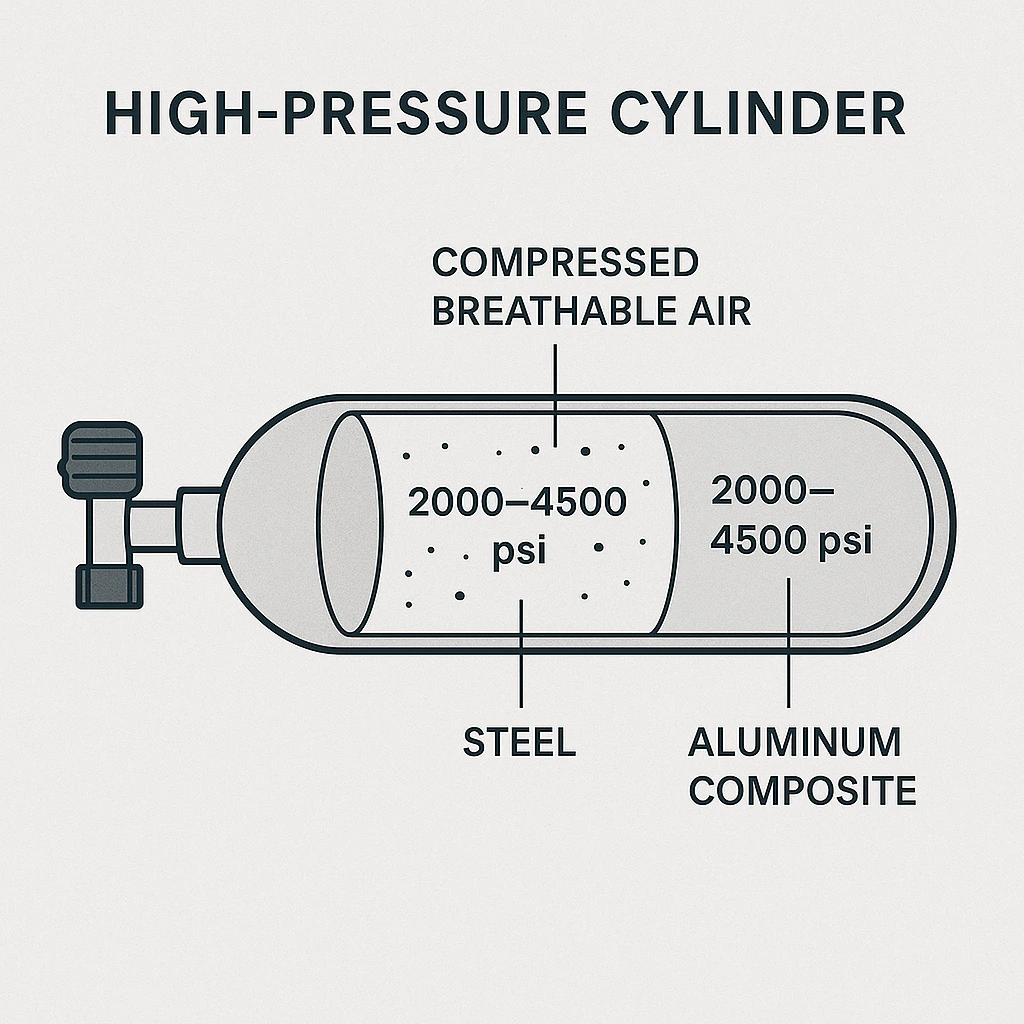
The Role of Warning Systems
– Audible alarms alert users when the air supply is low (typically 20-25% remaining).
– Heads-Up Displays (HUDs) may also indicate air levels and equipment status.
Gas Masks vs Compressed Air Breathing Apparatus (CABA): What’s the Difference?
When Filtration Fails
Gas masks filter air. Compressed Air Breathing Apparatuses bring their own air. When the air is contaminated beyond filtration or completely devoid of oxygen, only a CABA keeps you alive.
Why Self-Contained Systems Win
When you enter an environment so deadly that even a gasp could knock you unconscious, filtering is not enough. You must bring your air with you — and CABA is designed precisely for that.
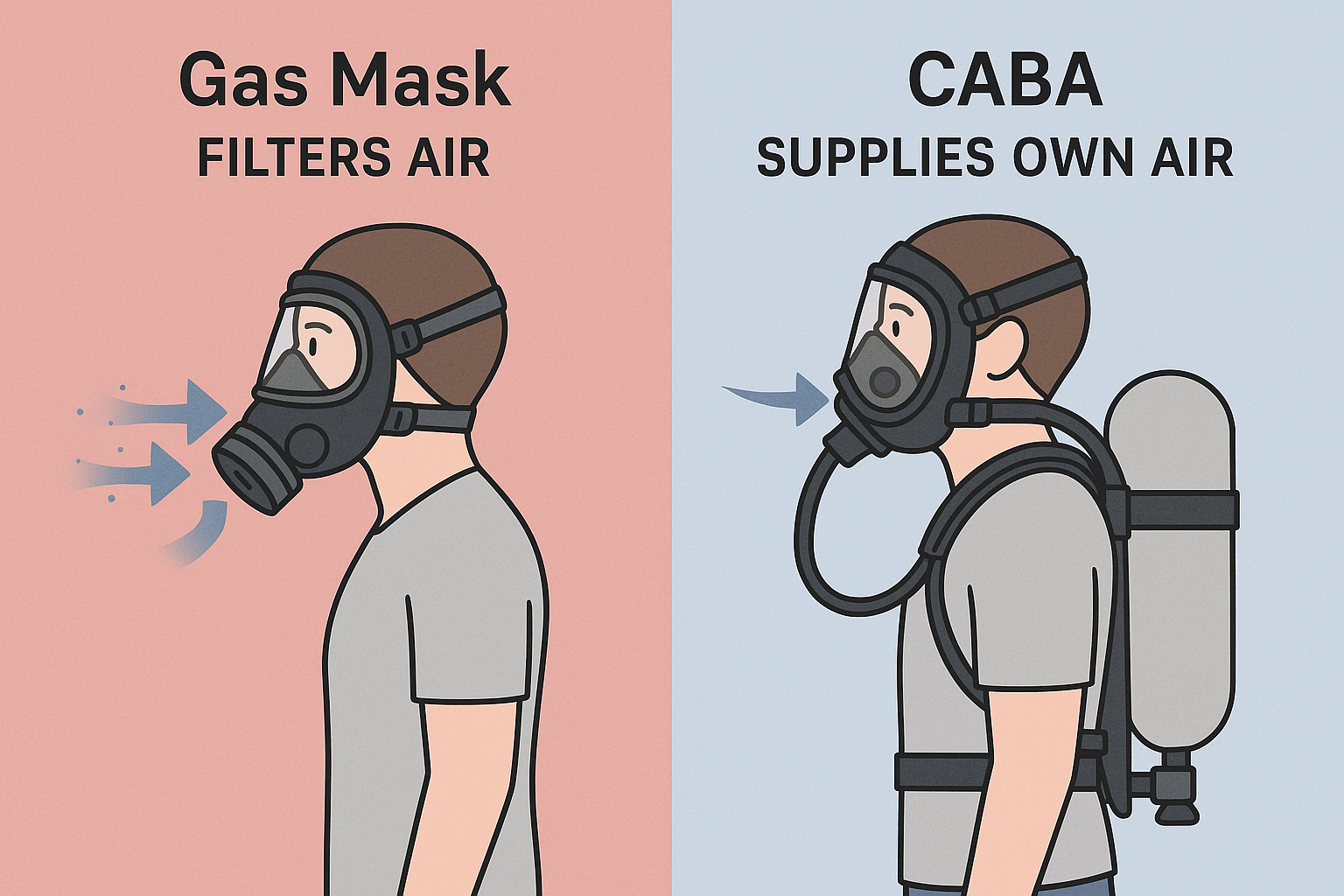
Types of Compressed Air Breathing Apparatus CABA (And When to Use Them)
Open-Circuit Systems
– The most common type.
– Exhaled air is released into the atmosphere.
– Used by firefighters, HAZMAT teams, and rescue workers.
Closed-Circuit (Rebreather) Systems
– Exhaled air is recycled and carbon dioxide is removed.
– Oxygen is replenished within the system.
– Used for long-duration operations like mine rescues and technical diving.
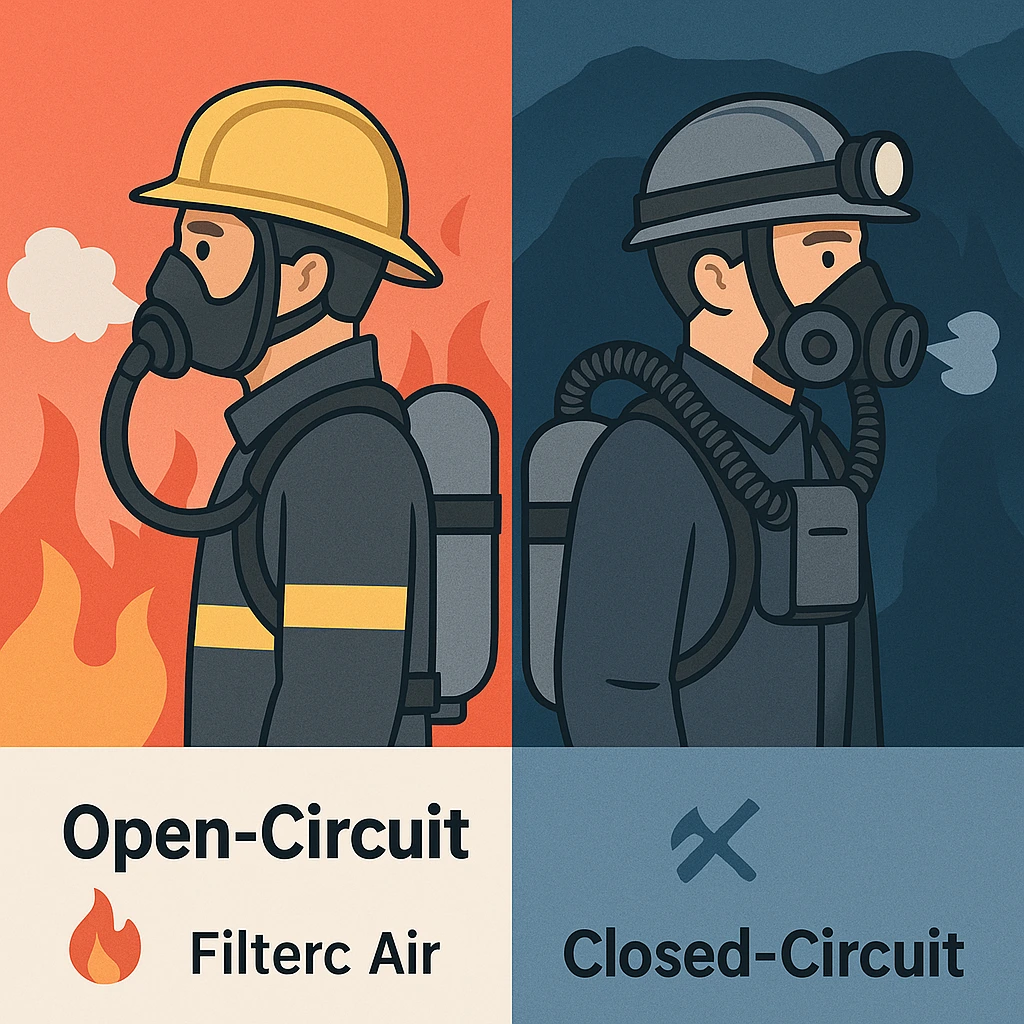
Who Depends on CABAs Daily? (Real-World Applications)
Firefighting Heroes
In the battle against flames and toxic gases, firefighters rely on CABAs to survive and save others.
Industrial and Military Operations
Industrial workers in chemical plants, oil rigs, and the military in NBC operations also rely heavily on breathing apparatuses for safety and operational effectiveness.
Diving Deep: SCUBA and Beyond
Although slightly modified, the SCUBA system shares the same principles — breathing safely in a hostile environment (underwater).
Safety Standards: Why Certified CABAs Matter
NIOSH, OSHA, and NFPA Standards
Only equipment certified by agencies like NIOSH, OSHA, and NFPA should be trusted. Certification ensures the equipment meets stringent safety, durability, and performance standards.
How Certification Saves Lives
Certification isn’t bureaucracy — it’s life assurance. Inaccurate, uncertified devices could mean disaster during an emergency.
How to Use a Compressed Air Breathing Apparatus CABA Like a Pro
Quick Steps for Emergency Readiness
Follow D.R.A.G.E.R.:
- Don the apparatus quickly.
- Regulate your breathing.
- Always check your gauge.
- Go slow — conserve air.
- Escape plan in mind.
- Remove safely.
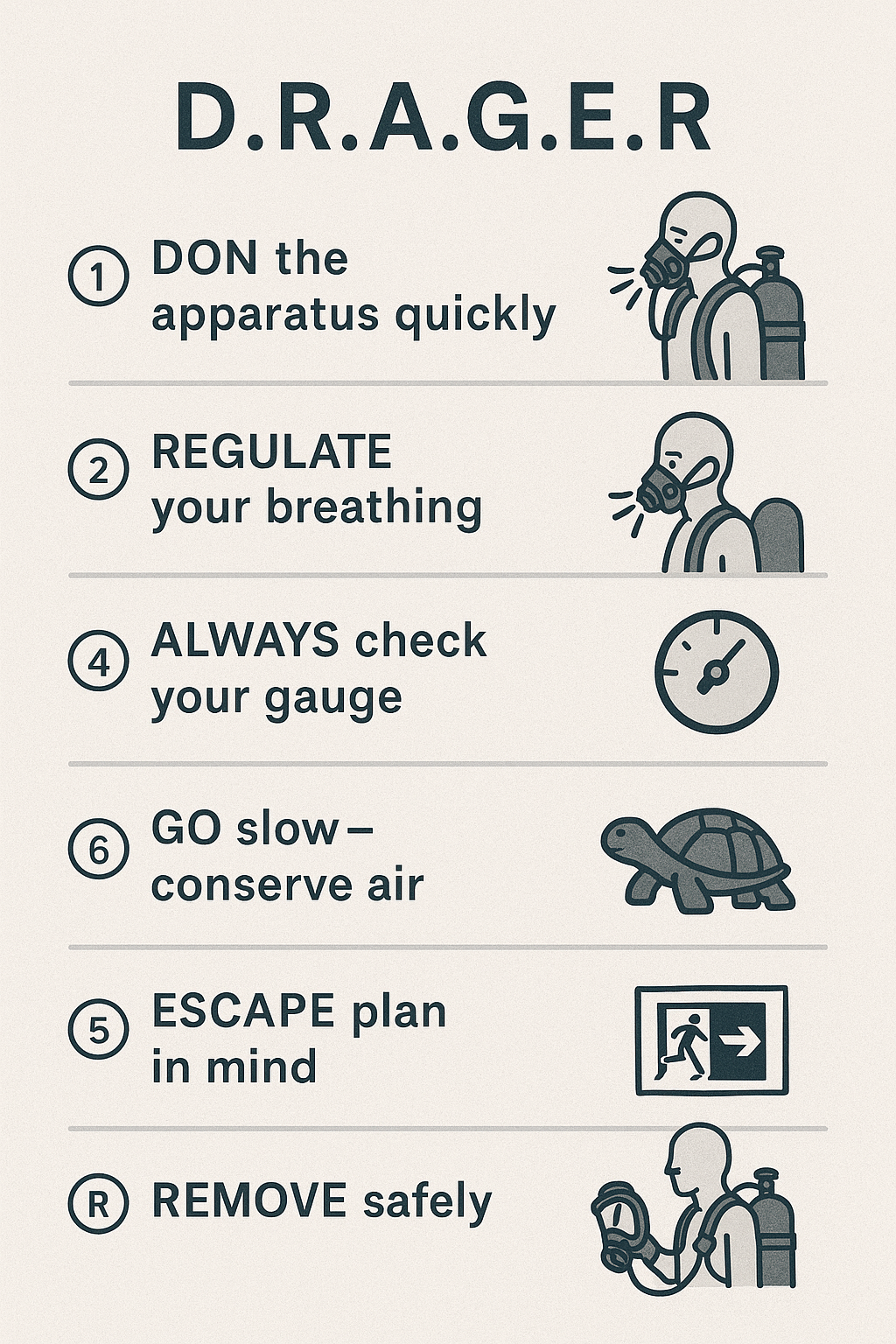
Donning, Breathing, Conserving Air
Proper practice and quick response save lives. Familiarity with your equipment is crucial to survival.
Busted Myths About Compressed Air Breathing Apparatuses
Common Misunderstandings Exposed
– It’s compressed breathable air (~21% oxygen), not pure oxygen.
– Cylinders do not last forever (average 30-60 minutes depending on exertion).
– Masks must be properly fitted and tested.
– Expired cylinders are dangerous and must be inspected and retested regularly.
Facts That Could Save Your Life
Knowing how CABAs work — and their limitations — is key to making them your ultimate safety net rather than a dangerous liability.
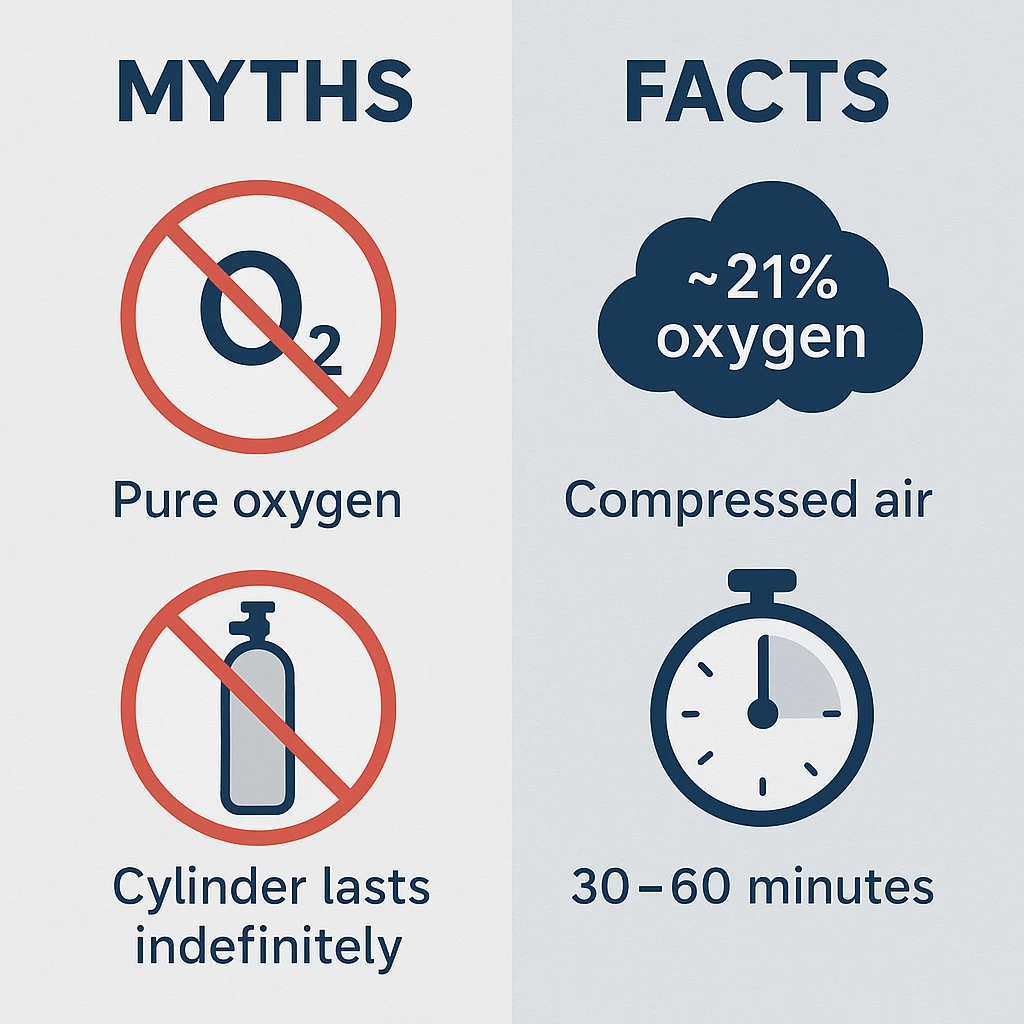
The Future of Breathing Apparatus Technology (What’s Next?)
Lighter, Smarter, Safer Innovations
– Lightweight composite cylinders to ease the burden.
– Integrated smart HUDs showing real-time vital signs and environment data.
– Predictive hazard warning systems using AI.
AI and HUD Integration Trends
The CABA of the future isn’t just about survival — it’s about enhancing operational effectiveness, reducing fatigue, and empowering smarter, safer decisions.
Conclusion: Breathing is Not Optional
So, what does compressed air breathing apparatus mean in 2025 and beyond?
It means survival.
It means courage.
It means trusting technology with your most basic, primal need: air.
The next time you see a firefighter disappear into smoke, a diver sink into blackness, or a rescuer vanish into a collapsed building, remember: they are walking a tightrope over death — and their CABA is the only net.
Managed by the LinkedIn HSE Professionals Page, this platform supports safety officers, auditors, and managers worldwide. With a network of 340,000+ professionals, we deliver expertly crafted HSE templates, checklists, and tools to help organizations meet OSHA, ISO, and GCC safety standards.


